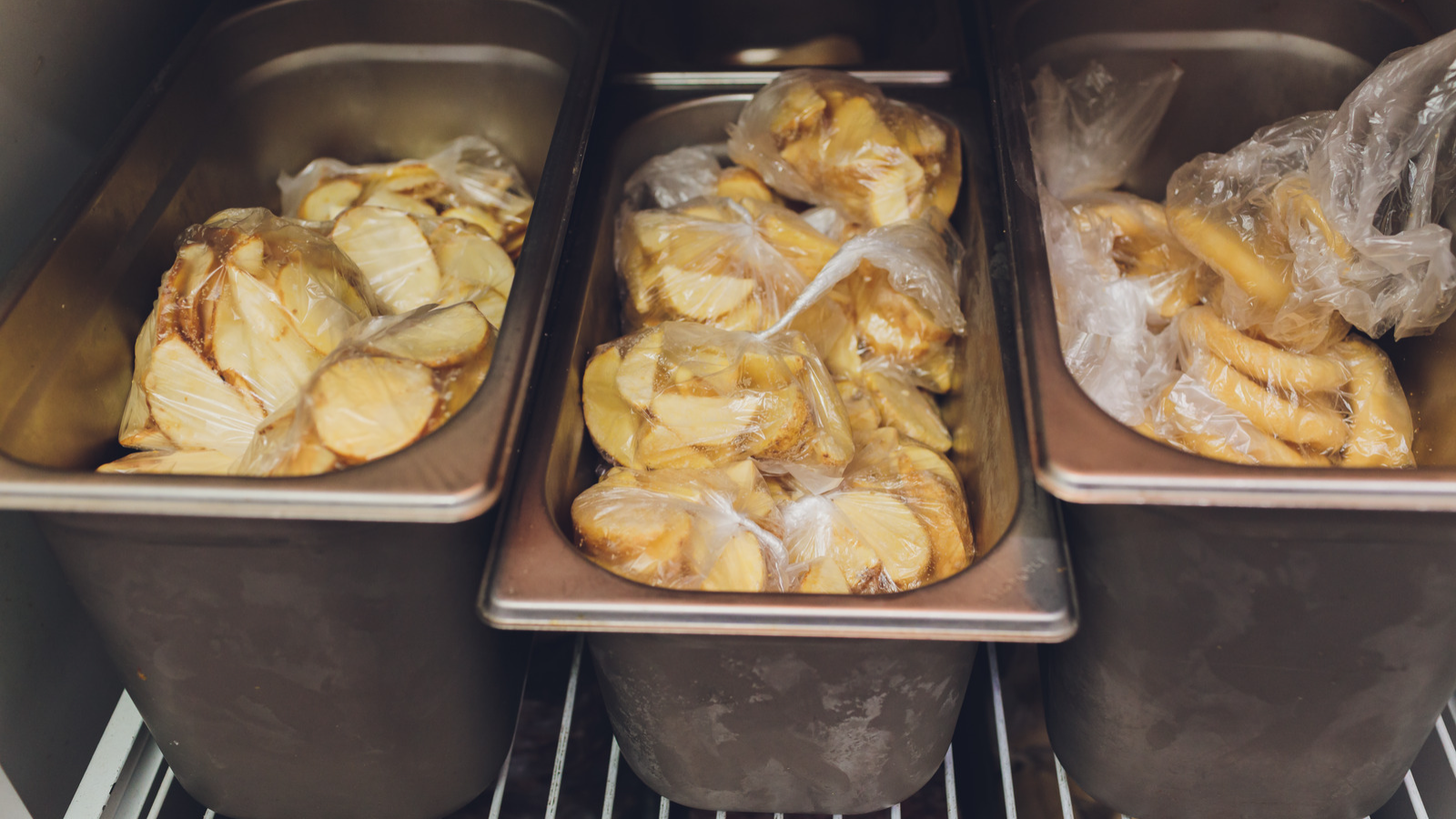
The first thing on a company’s to-do list might not include cleaning a commercial walk-in cooler or freezer, but it should be at the top of the list. Walk-ins have a fundamental purpose in the foodservice industry and are one of its most important structures.
Cleaning and maintaining a walk-in freezer or cooler on a regular basis keeps the unit sanitary and functional. With a few walk-in cooler cleaning tips in hand, businesses can help ensure this industry workhorse is in optimal condition.
Importance of Maintaining and Cleaning
There is a common misconception that cold environments can deter mold and bacteria. Unfortunately, that is not the truth. Mold can grow in refrigerated spaces and actually take a liking to sugary and salty foods. Salted meats like ham, bacon, and deli cuts are prime real estate for mold. Many jellies, jams, and other bottled food products are also in the neighborhood for a moldy invasion.
Bacteria can also thrive in cold environments. Bacteria are either pathogenic (meaning they can cause food poisoning) or of the spoilage variety. Pathogenic bacteria need to be temperature controlled (under 40℉), but spoilage bacteria can grow in walk-in coolers and freezers. Spoiled food usually tastes or smells bad. Most people would not consume it. Listeria bacteria will grow at any temperature (including cold) and cause illness.
So, keeping the walk-in cooler or freezer clean is the first safeguard for preventing illness for employees and customers.
5 Preventative Maintenance Tips For A Walk-In
Implementing preventative maintenance tips for walk-ins is easy to do once a set of rules is in place. The following techniques support overall safety and encourage the unit to function at its optimal best.
1. Strongly consider upgrading LED lighting. LED lights have proven to be cooler, sturdier, and brighter than other types of lighting. It is much easier to spot trouble spots, such as mold, in walk-in coolers and freezers — especially on white ceilings, walls, and other surfaces.
2. Integrate some mold-control techniques. While some mold is easy to spot (brown, black), other types of mold, such as powdery white varieties, could blend in with the walk-in’s surfaces. Eliminate or limit the use of paper-based products. Make sure products are as dry as possible and do away with excessive water.
3. Depending on the business, some companies use their walk-ins on a daily basis, while others may only need to use them on a few occasions. If the walk-in cooler or freezer is a high-traffic unit, it will need to be cleaned more frequently because the cold air temperature can fluctuate from constant door openings. Try not to enter the unit unless it is absolutely necessary.
4. When cleaning, use a non-abrasive dish detergent to clean surfaces. Let all surfaces air dry while leaving the door open. Do not close the unit until it is completely dry.
5. Clean and degrease condenser coils, gaskets, and drain lines. Replace broken and damaged parts immediately to prevent walk-in cooler or freezer breakdowns.
Use A Walk-In Monitior System For More Protection
Another easy way to help control mold in a walk-in cooler? Using Thermo-Kool's Walk-In Monitor System, which by monitoring levels in the cooler, keeps your business on top of temperature fluctuations, preventing mold and bacteria from ruining inventory and supplies.
Using smart technology, the monitoring system uses two sets of alarms (high/low) to indicate and control temperature. It also helps track the unit’s fluid levels, cooling coils, and discharge lines. An indicator assists with evaporator cleaning. It also keeps track of airflow and probe, indicating when an offset is present to allow the necessary adjustments.
Curious if your business's walk-in is built to last? Download our free checklist and find out!
